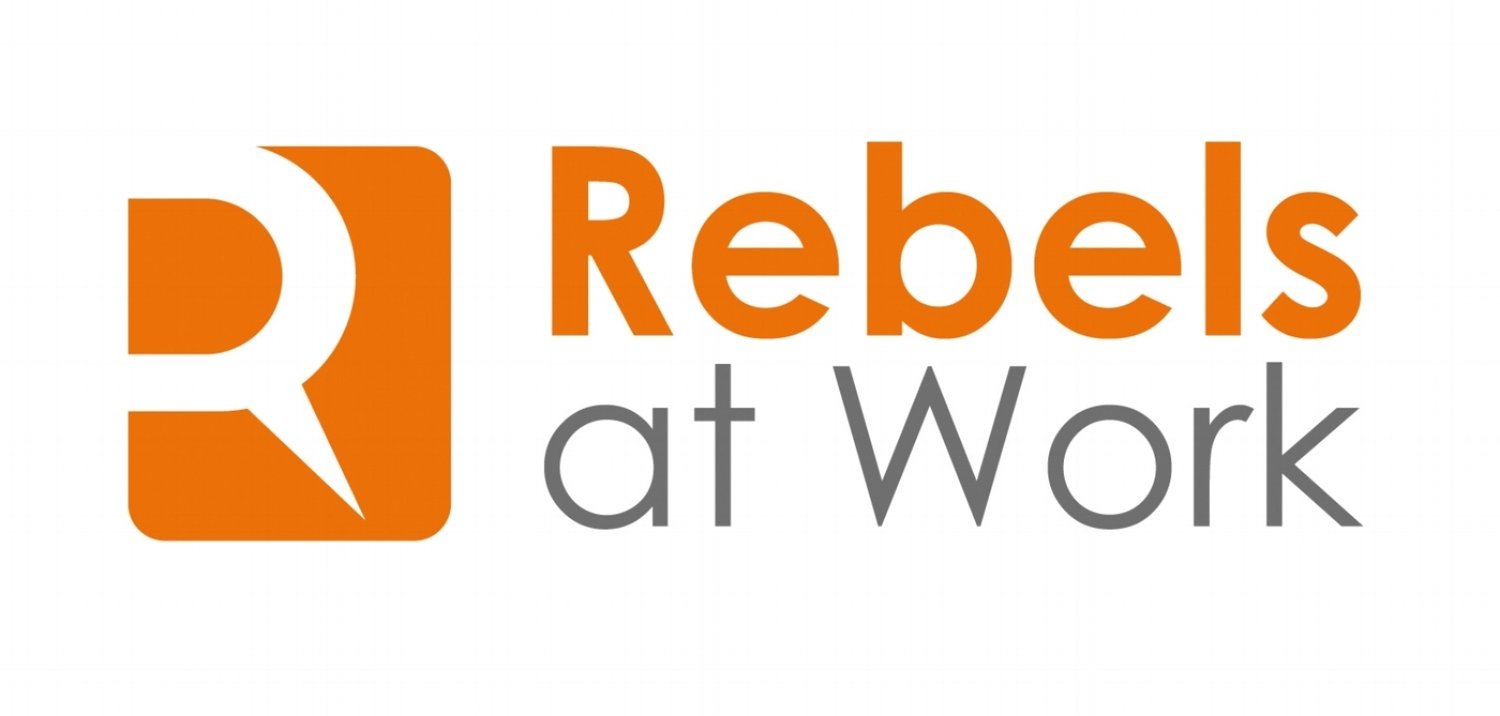 One way to help people see the value of your rebel idea is to show how it connects to the organization's narrative -- its reason for being. The uber purpose. The big picture context.
For governments a narrative is like a clothesline, and you hang your policies from it, says David Gergen, communications adviser to four U.S. presidents. Similarly, companies hang its products and services from the clothesline. Doing so helps people understand what's important and how the pieces of the puzzle fit together.
One way to help people see the value of your rebel idea is to show how it connects to the organization's narrative -- its reason for being. The uber purpose. The big picture context.
For governments a narrative is like a clothesline, and you hang your policies from it, says David Gergen, communications adviser to four U.S. presidents. Similarly, companies hang its products and services from the clothesline. Doing so helps people understand what's important and how the pieces of the puzzle fit together.
If your idea supports the organizational narrative, people will likely be more open to considering it, or at least paying attention to it.
Narrative as North Star
Narratives are simple explanations.
Here are a few examples:
- The narrative of the United States has been about exploring. For Israel it’s protecting and defending.
- For Nike it’s about serving and honoring the inner athlete. Patagonia is about doing no harm to the environment.
- Southwest Airlines’ makes it simple and fun to fly. FedEx absolutely, positively delivers the best customer experience.
- The Rebels at Work narrative is helping corporate rebels inside large organizations be more successful in creating positive change.
These narratives can be like North Stars — a fixed point in the sky that can be used to guide decisions, serve as a organizing prompt for telling relevant stories, open up thinking about new products or ways to work.
Narratives can also be a quest. I like John Hagel’s view in this Forbes article:
Story chronicles the path and progress of a limited set of protagonists – from the beginning, through the middle, to the end of a story arc. Narratives, in contrast, are designed for a growing number of protagonists — many of whom are yet to be defined — who share a common quest or journey that is yet to be fully resolved or completed.
How do we find our narrative?
To help companies find their narrative, I like to invite people to think of their organization as a cause or movement and speed write a rallying cry, starting with a verb. Or quickly write many responses to the “I believe that ….” prompt about their organization or company. No over-thinking, self-editing or corporate speak. Just ideas, beliefs and aspiration, from the gut.
I’ve also been suggesting to people that they NOT make this a formal process. Take some narrative possibilities and insert them into casual business conversations. Then into some presentations as a way of setting context to your ideas. See how people react. Ask them, “Does this help you better understand our strategy? Do you see how this new product line fits with our overall business? Can you imagine how this policy falls outside of our focus? Is this something you’d like to be part of?”
See how well the narrative serves you. If it works, quietly seed it so it can grow and serve others without bringing in committees, copywriters, lawyers or naysayers. Insert it into the CEO’s talking points. Use it to frame the next acquisition or product launch. If it helps, then make it better known and part of the company’s leadership strategy.
And if it doesn’t resonate? Keep experimenting.
Finding a narrative gives your organization meaning.
Showing how your maverick idea can manifest this meaning opens opportunities and helps disarm the naysayers.
